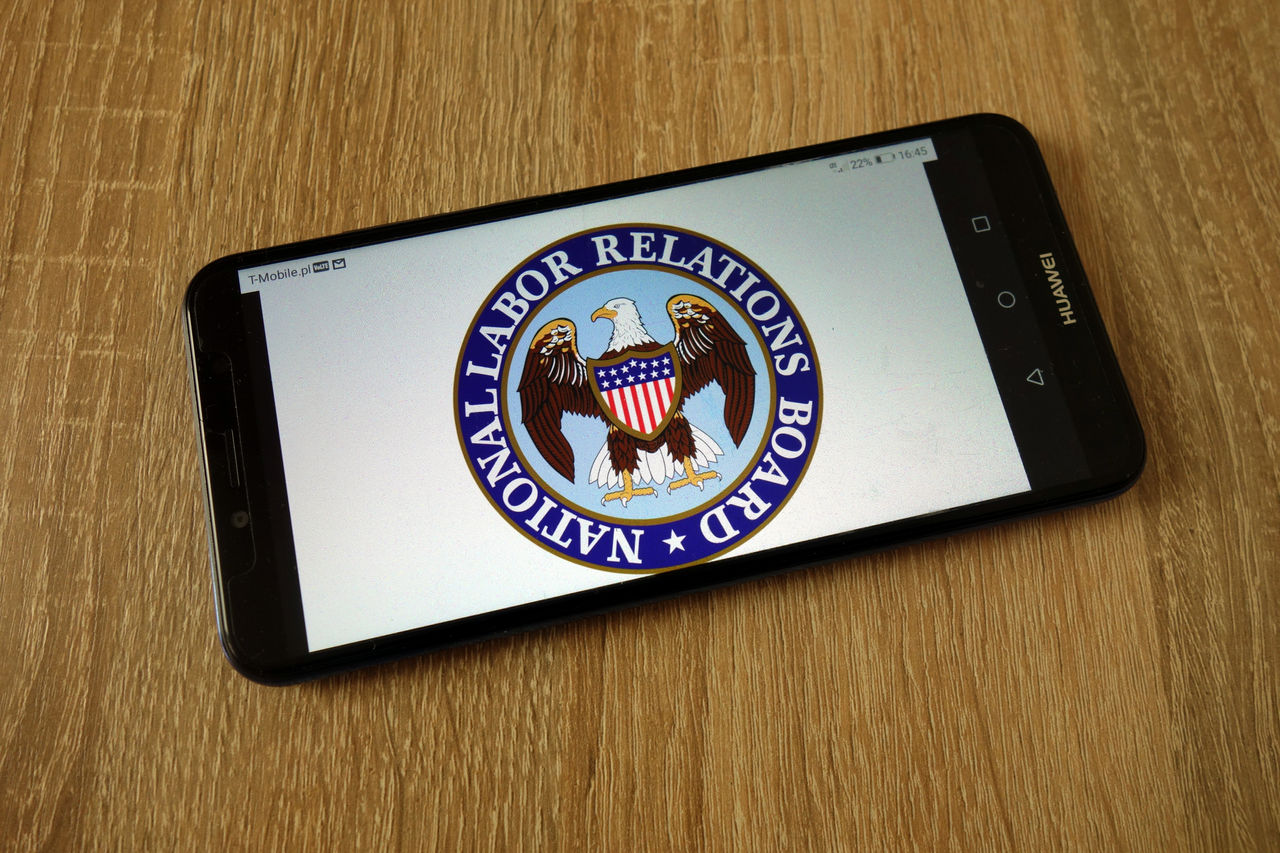

Unionized employees who no longer want to be represented by a union will have a harder time realizing their wishes through decertification elections due to a National Labor Relations Board (NLRB) rule issued July 26. The effective date of the new rule is Sept. 30.
The change made by the board—known as a blocking charge change—“means unions now can effectively prevent employees from shedding themselves of a union they don’t want,” said John Ring, an attorney with Morgan Lewis in Washington, D.C., who is a former chairman of the NLRB.
The final rule returns to the board’s pre-2020 practice on blocking charges before an election and restores the NLRB regional directors’ authority to delay an election if unfair labor practice conduct is sufficiently serious to interfere with employee free choice, the NLRB said in a press release. The rule reversed the board’s 2020 rule that required regional directors to run elections even if unfair labor practices were alleged, the board said.
When employees become dissatisfied with their union and decide to decertify, which the law allows them to do, now all their union needs to do is file an unfair labor practice and that stops—or blocks—the decertification process from moving forward, Ring said.
“Then, the NLRB takes a year or more to investigate the charge, during which employees remain stuck with a union,” he said. “Over the years, there were tremendous blocking charge abuses, which the 2020 rule was designed to stop. The NLRB has returned to the old procedures that make it very difficult for employees to decertify a union.”
Prior to the 2020 rule, regional directors regularly blocked NLRB elections whenever an unfair labor practice was filed, said Phil Wilson, president and general counsel with LRI Consulting Services Inc. in Broken Arrow, Okla.
“This sometimes happened just days before a scheduled vote, and unions regularly gamed the process by asking for elections to be blocked whenever they felt they were losing support prior to a vote,” Wilson said.
HR professionals should know that the election period may be significantly extended while an unfair labor practice charge is pending, said Robert Boonin, an attorney with Dykema in Ann Arbor, Mich. As a result, “the employer’s hands will be tied with respect to its ability to change wages, hours, and working conditions, and perhaps open themselves up to more charges and possible bargaining orders without there ever being an election,” he said.
There is no harm to the employee under the 2020 standard because the election results would be stayed pending the investigation into the alleged violations, said Matthew Kelley, an attorney with Ogletree Deakins in Indianapolis. If the alleged violations have merit, the previous ballots would be thrown out.
Given the change, HR professionals will need to be even more vigilant in ensuring that they steer clear of behavior that could lead to unfair labor practices during the pendency of a decertification petition, Kelley said.
The rule “will also force employers to more critically evaluate, in situations where 50% or more of the bargaining unit has presented evidence of a desire to decertify, whether to unilaterally withdraw recognition instead of seeking an election through board processes,” he said, adding that unilateral withdrawals present their own problems.
The final rule also supports workers’ and employers’ ability to establish a bargaining relationship through voluntary recognition. It removes the 2020 rule’s requirement that when an employer chooses to voluntarily recognize a union that represents a majority of its workers, the parties must provide a mandatory 45-day period to allow the opportunity for a minority of workers to demand an election questioning that choice.
The rule also restores the board’s 56-year-old “voluntary recognition bar,” respecting the bargaining relationship that the parties have voluntarily chosen. Under the new rule, the voluntary recognition bar prevents employees from filing a decertification petition for a minimum of six months and a maximum of one year from the date of the parties’ first bargaining session. This is followed by a “contract bar” of up to three years if the parties execute a collective-bargaining agreement.
This part of the new rule adds another way employees can be forced into unions without being given the right to vote, Ring said. “The new rule allows employers and unions to agree that a workforce or jobsite will be union—often without the affected employees even knowing,” he said.
“The 2020 rule put provisions in place to protect employees’ choice of representative and their ability to voice that choice through the established, preferred method of board-conducted secret elections,” NLRB member Marvin Kaplan wrote in a dissent from the final rule. “The removal of these protections is directly at odds with the board’s mandate” under the National Labor Relations Act.
The blocking charge and the voluntary recognition changes from the NLRB are both designed to make it easier for unions to successfully organize employees, said Amanda Sonneborn, an attorney with King & Spalding in Chicago.
She said: “Executives and HR professionals need to be mindful that these technical changes could lead to an increase in union organizing activity, as they decrease some of the friction that unions believe they face to organize employees.”